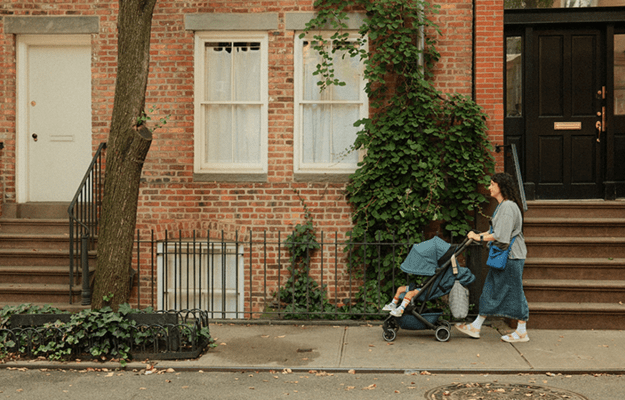
Where Students Live Affects School Choice
- Title:
- Where Students Live Affects School Choice
- Author:
-
Kristin Blagg, Matthew Chingos, Sean P. Corcoran, Sarah A. Cordes, Joshua Cowen, Patrick Denice, Betheny Gross, Jane Arnold Lincove, Carolyn Sattin-Bajaj, Amy Ellen Schwartz, Jon Valant
- Source:
- Publication Date:
-
2018
Although prior research has documented that families with federal rental assistance disproportionately live near low-performing schools, school choice policies can open up other enrollment options. Amid an education landscape with increased school choice, a recent Urban Institute study analyzed the travel time between home and school for about 190,000 students in Denver, Detroit, New Orleans, New York City, and Washington, DC—large cities with significant amounts of educational choice and various student transportation policies. Each city in the study has charter schools in their district boundaries.
The study used American Community Survey data from the 2013–14 or 2014–15 school years to measure students’ location relative to public schools by school age group (elementary, middle, and high school). Then the study estimated the travel time for each student to travel via car or public transportation to their actual school and to other schools that serve that grade. Walking time was calculated for schools within a half-mile radius of students’ homes and replaced the transit time if it was shorter. Travel times were calculated based on a departure time 30 minutes before the estimated school start time.
The findings reveal the trade-offs of implementing school choice and suggest that several policy interventions, such as providing transportation vouchers for low-income parents of young students, might make access to schools more equitable.
Key findings
- For all cities studied, less than half of students attend their closest school. For most of the grade level and city combinations, less than half of students attended even the fourth-closest school.
- Most students live within a 20-minute drive from their school. Some students, however, have estimated drives that exceed 30 minutes.
- The added travel time for transit varied among the cities. In New York City and DC, a 10-minute drive to school would take around 23 minutes by transit. In Detroit, Denver, and New Orleans, a 10-minute drive equates to a 32-to-34-minute transit trip.
- Children from families in poverty have an equal or greater number of schools within a mile of home than children whose families are above the poverty threshold, possibly because of population density.
- Students from low-income households (usually based on free and reduced-price meal status) tend to live closer to school.
- Black students travel farther, on average, than white or Hispanic students in most cities. For example, black sixth graders in DC who are not low income travel more than twice as long to school as non-low-income whites.
- Most ninth graders lived within a 10-minute drive from a high school that meets at least one of these quality measures: offers calculus, has more veteran teachers, and has a top quartile graduation rate. But the drive time to high-quality high schools varied between cities, by student race or ethnicity, and by the quality indicator.


